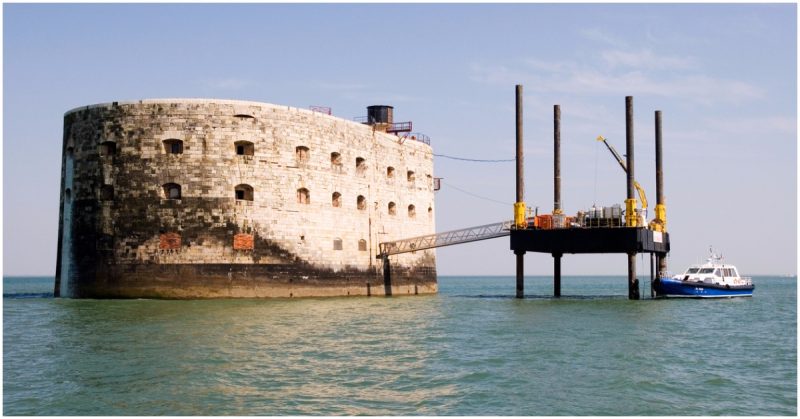As if it were an immense vessel made of stone and anchored between the Ile d’Aix and the Ile d’Oléron, Fort Boyard dazzled any spectator who glimpsed it along the French Atlantic coast. Initially, this strange structure, placed in the middle of Pertius d’Antioche straits, was envisioned as a means to offer protection over Charente and the harbor of Rochefort in France, as the range of artillery positioned on the nearby islands failed to cover the entire area in the 1600s.
The edifice erupting from the sea has some impressive dimensions, being 223 feet long, 101 feet wide, and 65 feet in height, but its completion came much later, when it was no longer really needed. For many years, the work on Fort Boyard was postponed either by repetitive attacks from the British, which required the building efforts to be put on hold, or by the unprecedented struggles about how to build it. For instance, in those times it was almost impossible to create an artificial island that was needed to support the fort in the first place.
The first version of Fort Boyard was probably in existence in the 1660s. Planned to strengthen defense in the area, the building was a priority under Louis XIV. However, very soon engineers were alert to the numerous problems the building of such fort brought, and the construction schemes were temporarily halted.
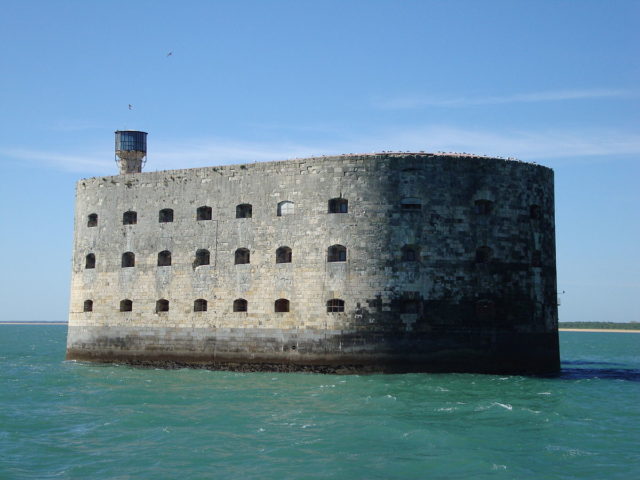
How hard it was to build Fort Boyard is perhaps best explained in the words of Vauban, an associate of Louis XIV’s who held a prominent post in the military and whose remarks to the monarch had allegedly been: “Your Majesty, it would be easier to seize the moon with your teeth than to attempt such an undertaking in such a place.”
People were indeed able to develop new weapons such as long-range artillery way faster than they were able to erect a fortification in waters so far away from the coastline. By the time this fortress was finished, it is safe to say its protective role has become more or less obsolete and it was reduced to serving only as a military prison for a while.
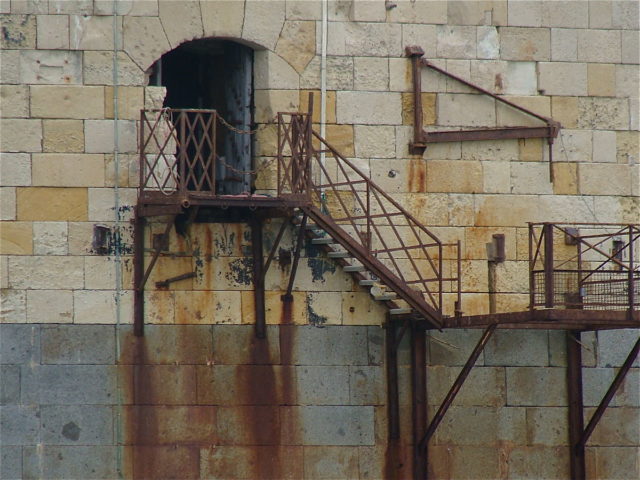
It was the perpetual attacks by the British that kept the French wanting to build Fort Boyard, and especially after attacks that the region suffered during the Seven Year Wars in 1757.
It took until 1801 to ultimately re-launch the project, this time under Napoléon Bonaparte. Work on the site came to another halt some eight years later, while problems with creating an artificial island hardly ever stopped. Rocks would simply break loose into the ocean waters. Work would not resume until the reign of Louis Philippe, who became the new King of France in 1830.
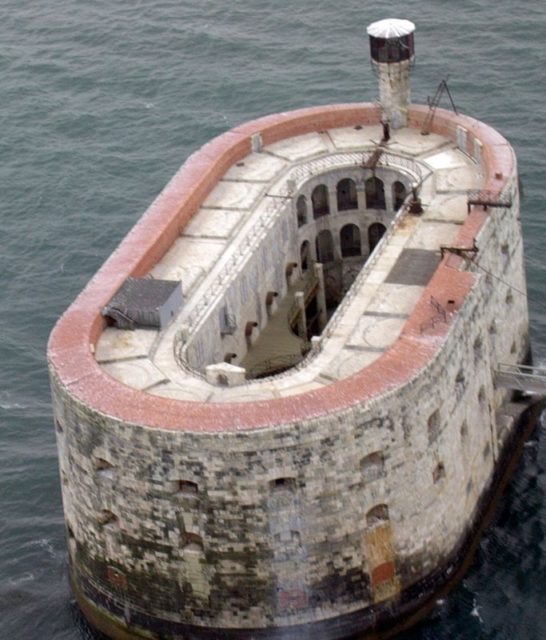
Even Louis Philippe did not see the completion of Fort Boyard as he passed away in 1848. The fort was eventually completed nearly 10 years later, in 1857, when France was under Napoleon III, its last monarch. When it was finally done, the imposing oval walls of the structure measured 330 feet by 160 feet and protected a yard in its center. The building had ample room and capacity to serve 250 army men.
The construction workers who were employed for building the fort were housed in barracks near the coast, at what would later become established as the village and port of Boyardville. The strategic position of this seaside community was in later years chosen as the site for a national Naval academy and torpedo training school.
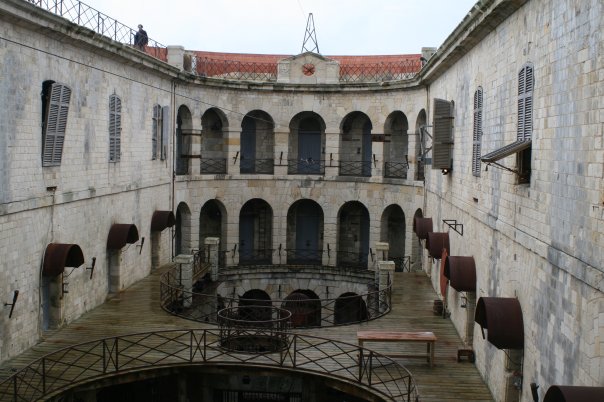
If it were still the 17th century, the fort itself would have done a perfect job in protecting Rocherfort from any incoming enemy vessels from the open sea, leaving no defense gaps on the coastline along with other fortifications such as those on Île-d’Aix. But by now it was the 19th century and the available artillery was now capable of shooting at much greater distances.
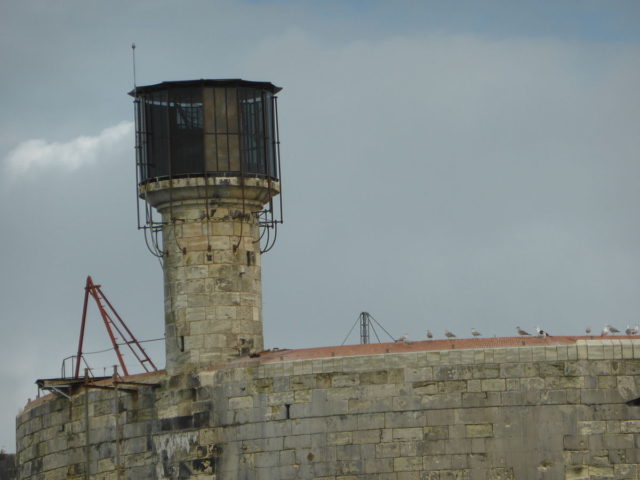
No matter how well it was done, the fort was not needed for security matters any longer. It was temporarily used as a prison, and by the beginning of the 20th century, sadly, it was left completely abandoned and the victim of looters. In the subsequent period, the site gradually started to deteriorate and decay into the sea. There was nobody to maintain it until decades later when it changed ownership, for good.
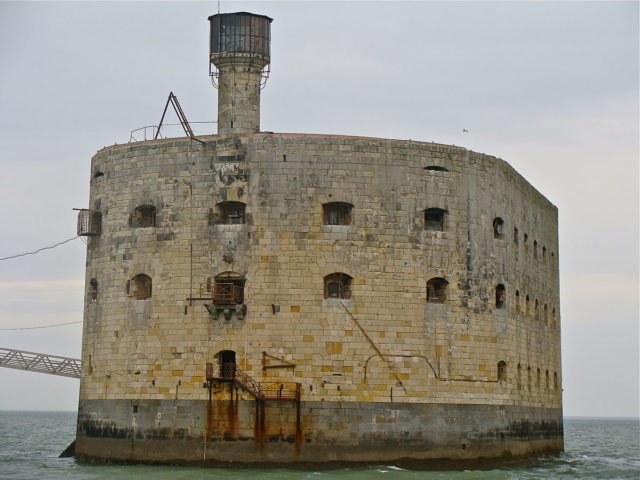
It was 1967 when Fort Boyard finally found a new purpose, this time for something utterly different–a filming location. It was here that the final scene of an French film entitled Les Aventuriers was shot, directed by Robert Enrico. In the 1990s, the venue also became the set for an adventure game-show television series known as Fort Boyard, which was staged and filmed behind the fort’s oval stone walls.
Participants in the game show were challenged to survive a number of different and difficult tasks in order to win time in the final level, the Treasure Chamber. The show continued to run in the 2000s, bringing international attention to the abandoned military site.
